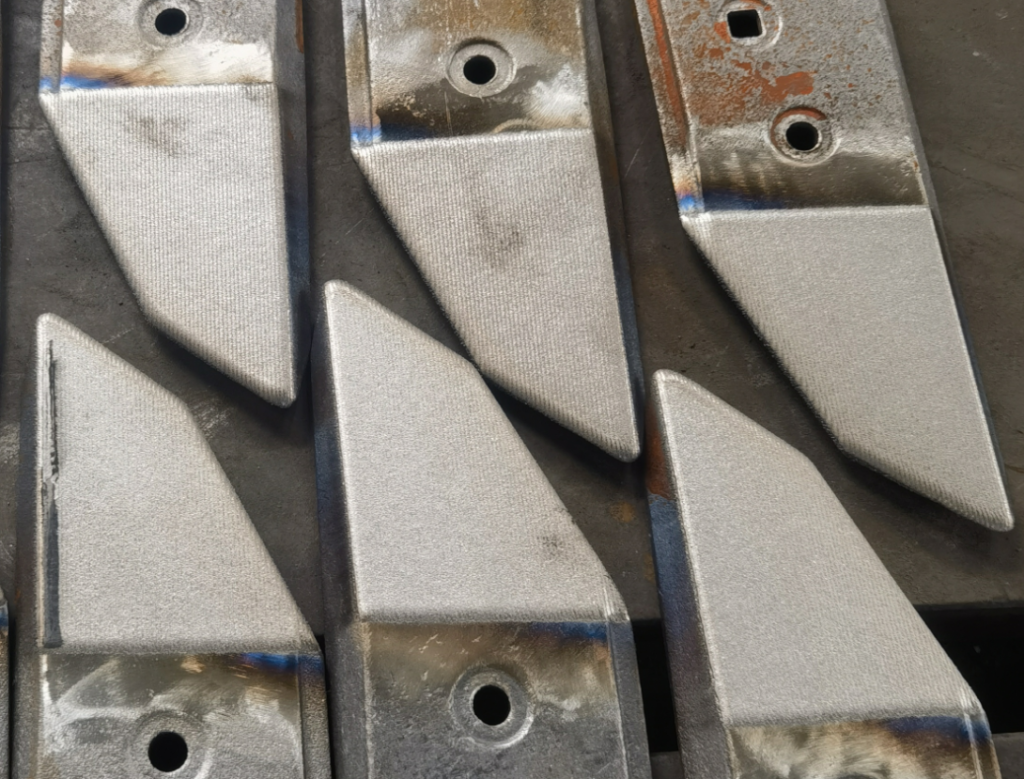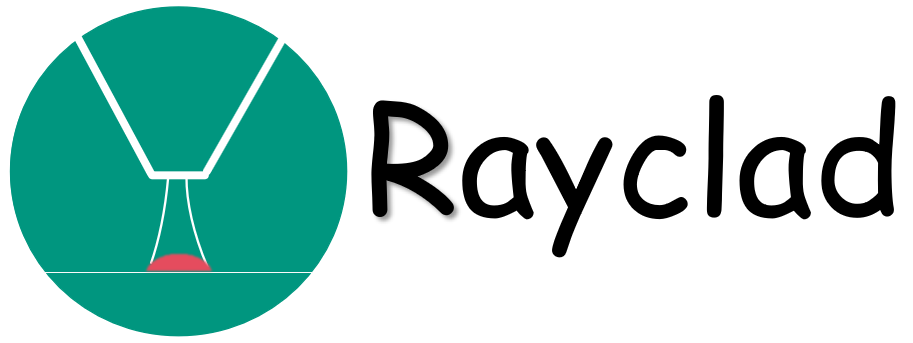Market Background:
Compared with high-end manufacturing fields such as industrial machinery, aerospace, and automobiles, agricultural machinery manufacturing always lags behind them. In order to promote the development of agricultural modernization, it is necessary to strengthen the application of laser cladding technology in the repair and strengthening of agricultural machinery. Learn from advanced technological research results in other fields to provide research directions for the repair and strengthening of agricultural machinery. Therefore, in order to improve the reliability of agricultural machinery in complex soil environments, research can be conducted from the following four aspects: in-situ repair; improvement of wear resistance; improvement of corrosion resistance; and improvement of hardness.

After nearly half a century of research, laser cladding technology has accumulated a large amount of experimental data and basic theories in the field of high-end manufacturing. Due to the characteristics of agricultural machinery and the complexity of its work objects, its manufacturing, repair and strengthening methods lag behind the high-end manufacturing field. Therefore, the research and application of laser cladding technology in the repair and strengthening of agricultural machinery started late, and is basically in the primary research stage of coating material preparation technology and wear resistance and corrosion resistance.

In order to realize the promotion and application of laser cladding technology in the field of agricultural machinery repair and strengthening, research can be conducted from the following three directions in the future:
- Learn from the research results accumulated in the high-end manufacturing industry, combined with the actual production conditions of agricultural machinery repair and strengthening, to change the current situation of low agricultural machinery design and manufacturing levels and slow development speed.
- Research and develop new composite material powder suitable for repair and strengthening of agricultural machinery. Based on the existing material system and combined with the characteristics of agricultural machinery, a high-quality cladding material powder system suitable for different working conditions is designed.
- Laser cladding is the result of the joint action of multiple process parameters. Only by selecting the appropriate combination of process parameters can you obtain the best performance cladding coating. Therefore, studying the optimal design of process parameters has very important practical significance.
Laser cladding technology offers several applications in the agricultural industry, particularly in enhancing the performance, durability, and lifespan of various tools and components. Here are some common applications of laser cladding on agricultural tools:

- 1. Wear Resistance for Tillage Tools:
- Application: Laser cladding is utilized to enhance the wear resistance of tillage tools such as plowshares, cultivator points, and harrow disks.
- Benefits: Coating critical surfaces with wear-resistant materials increases the lifespan of these tools, reducing the frequency of replacements and maintenance.
- 2. Rejuvenation of Cutting Edges:
- Application: Laser cladding is applied to rejuvenate cutting edges on tools like combine harvester blades, sickle sections, and mower blades.
- Benefits: The process restores and reinforces worn or damaged cutting edges, ensuring efficient and precise cutting, which is crucial for harvesting and field maintenance.
- 3. Corrosion Protection for Metal Components:
- Application: Laser cladding is used to apply corrosion-resistant coatings to metal components exposed to harsh agricultural environments.
- Benefits: Protecting metal parts, such as hydraulic components, from corrosion extends their lifespan, reducing the need for replacements and minimizing downtime.
- 4. Hardfacing for Augers and Conveyor Components:
- Application: Laser cladding is employed for hardfacing augers, conveyor screws, and other components subjected to abrasive wear.
- Benefits: Hardfacing with wear-resistant materials enhances the durability of these components, ensuring efficient material handling and minimizing maintenance requirements.
- 5. Repair and Restoration of Components:
- Application: Laser cladding is used for repairing and restoring worn or damaged components like hydraulic pistons, shafts, and gearbox parts.
- Benefits: The precision of laser cladding allows for targeted material deposition, restoring critical dimensions and functionalities, thereby extending the life of components.
- 6. Customization of Agricultural Components:
- Application: Laser cladding enables the customization of agricultural components based on specific needs, such as modifying the surface properties of planter components.
- Benefits: Tailoring the properties of components to match specific requirements enhances overall performance and efficiency in planting and seeding operations.
- 7. Enhanced Cutting Performance for Crop Processing Tools:
- Application: Laser cladding is employed to enhance the cutting performance of crop processing tools, including knives and blades used in crop choppers.
- Benefits: Improved cutting performance leads to more efficient crop processing, reducing energy consumption and ensuring a higher quality of processed materials.
- 8. Thermal Management in Equipment Components:
- Application: Laser cladding can be used to create thermal management features in equipment components, such as cooling channels in engine parts.
- Benefits: Optimizing thermal management contributes to the efficient operation of agricultural machinery, preventing overheating and extending the life of critical components.
By leveraging the capabilities of laser cladding, the agricultural industry can enhance the performance, longevity, and overall efficiency of various tools and equipment, contributing to sustainable and cost-effective farming practices.


